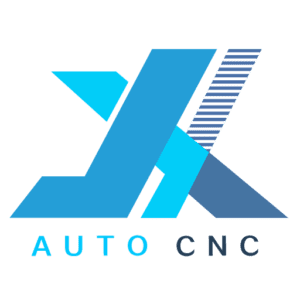The core position of photovoltaic glass
Solar photovoltaic power generation is a green and clean energy source. Photovoltaic glass is an essential and important raw material for manufacturing solar photovoltaic cell modules. It is mainly used for the light-transmitting panels of photovoltaic modules. After coating, the photovoltaic glass covering the photovoltaic modules can ensure higher light transmittance. At the same time, the tempered photovoltaic glass has higher strength, which can enable solar cells to withstand greater wind pressure and larger temperature differences between day and night. Therefore, the quality and processing technology of photovoltaic glass are important factors that determine the service life of photovoltaic modules and the photoelectric conversion efficiency.

Photovoltaic glass drilling technology transformation
Traditional mechanical drilling methods require regular replacement of drill bits, and cracks will form on the edges of the holes, resulting in high maintenance costs. Laser drilling technology has been widely used in photovoltaic glass deep processing continuous production lines in recent years due to its high processing quality and mature technology.
The principle of laser processing: After focusing a high-peak short-pulse laser, it scans from the bottom surface of the glass to the top surface layer by layer. Under the action of high-energy-density laser, microcracks are formed inside the glass and connected into lines and surfaces, and finally the glass laser drilling is realized.
Specifically, the light transmittance of infrared laser and the volume absorption characteristics under the action of laser are fully utilized. The bottom surface of the glass is suspended in the air, and a dust adsorption device is added. When cutting, the laser focus moves from bottom to top layer by layer. The following figure is a schematic diagram of the laser working path.

Advantages of laser processing: Compared with traditional glass drilling methods, laser drilling technology has more advantages: laser drilling uses non-contact processing to avoid the problems of microcracks and flaking debris, thereby increasing production and reducing the defective rate; laser drilling will not produce residual stress on the edge of the glass, so the edge has extremely high resistance to cracking and maintains optical properties; there is no need for washing, grinding, or polishing in the later stage, thereby reducing manufacturing costs and causing no material loss.
Optimum laser
JX AUTO CNC is deeply involved in the photovoltaic industry. After years of research and technological innovation, it has developed the JX series lasers with high beam quality, high peak power and adjustable pulse width. They have significant advantages in photovoltaic glass drilling.
F-80-JX-03-N3

Advantages:
Short pulse width
High peak power, suitable for glass material processing
Extremely small heat area, more suitable for high-precision processing
High beam quality close to the theoretical value limit, more suitable for micro-processing
Compact structure and stable and reliable performance, low operating cost, high efficiency, low energy consumption, environmentally friendly
Application Cases

As the market share of double-glass modules in the photovoltaic industry increases, the application of laser drilling technology in photovoltaic glass will continue to upgrade. In the future, Guangzhi Technology will adhere to the original intention and mission of “illuminating everything, sincerity and far-reaching”, continuously improve laser drilling technology, and contribute to the development of the photovoltaic industry.
